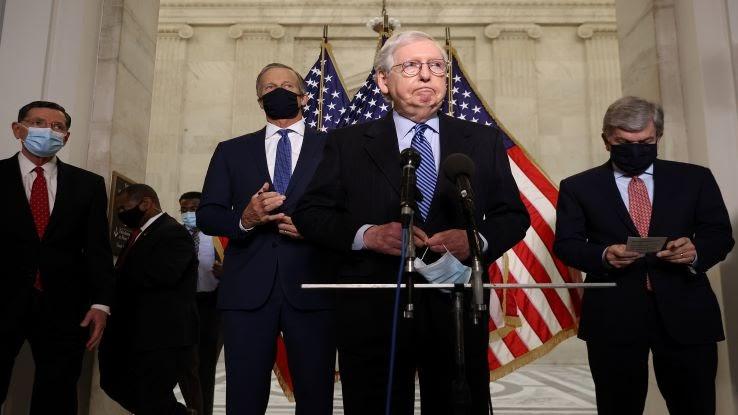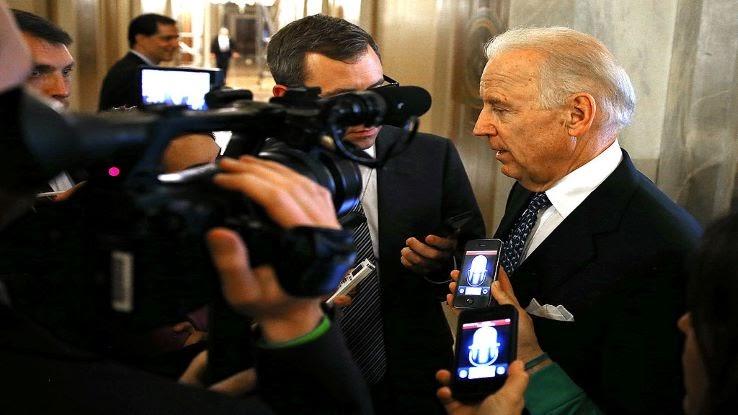What is the Purpose of the Filibuster?

The purpose of a filibuster is to prevent a piece of legislation from being passed in the Senate. A Senator seeks permission to address the Senate and continues talking for an indefinite period of time in an effort to delay or discourage a bill’s passing.
The Senator delivering the filibuster speaks on anything he wishes, even reading from a book or historical documents if he wants to do so. As of the beginning of 2014, the longest filibuster in history lasted for 24 hours and 18 minutes. Senator Strom Thurmond, filibustering against the Civil Rights Act of 1957, holds that record. The bill eventually passed. Filibusters only take place in the Senate because of laws in the House of Representatives that prohibit them.
Why Is the Filibuster in the News so Often?
The filibuster has been quite the hot topic since 2010 when Republicans overtook the Senate. There the number of Democratic and Republican Senators has been close to half and half ever since. To avoid a filibuster situation, there needs to be 60 votes, a two-thirds majority, for a bill to make it through the Senate. With many Senators sticking to party lines, the filibuster can prevent legislation from passing.

The consistent stalemates in the Senate have called to put an end to the filibuster because it’s so hard to get anything done. President Biden has notably opposed the removal of the filibuster, but has recently stated that if Republicans are extra difficult, he is open to reform. Other prominent politicians that have been vocal about the filibuster’s removal include Elizabeth Warren, Pete Buttigeig, Eric Swallwell, and Alexandria Ocasio-Cortez.
Filibuster reform could mean a change from 60 votes to pass a bill to 50 or 55 votes. It could also look like the removal of the filibuster entirely. Going forward, the filibuster’s future is unclear. Watch this space for updates on the filibusters impending removal.





